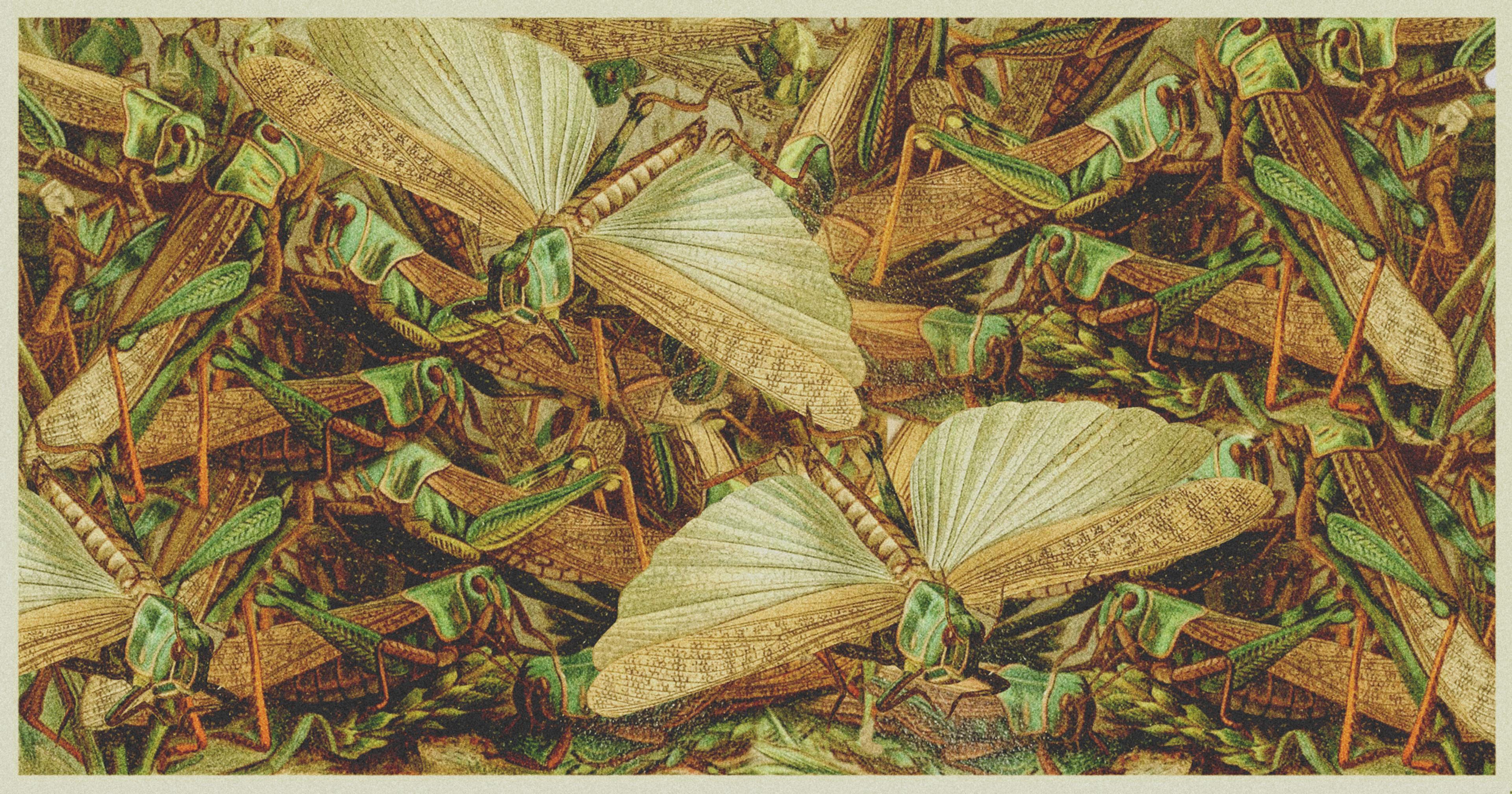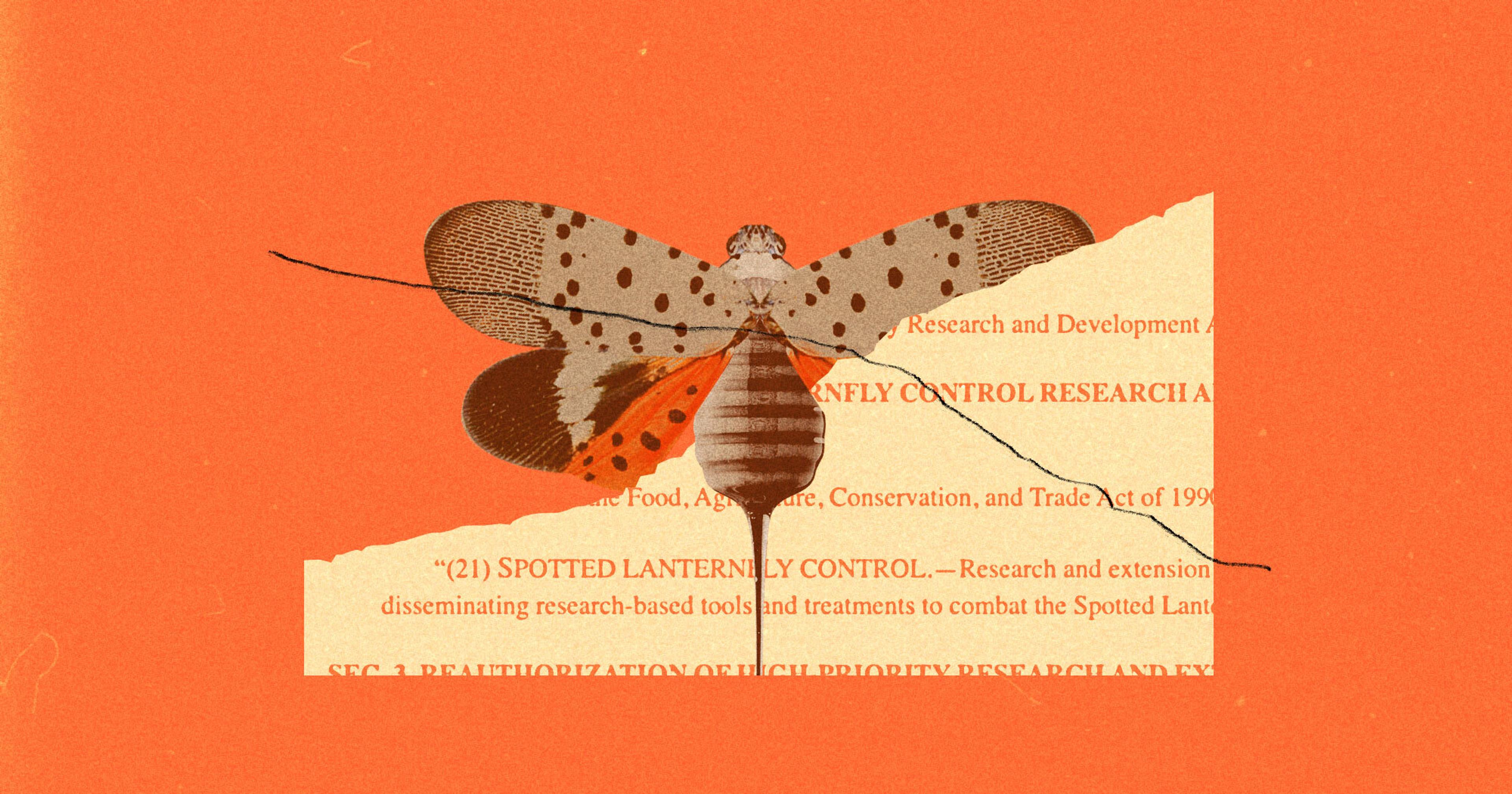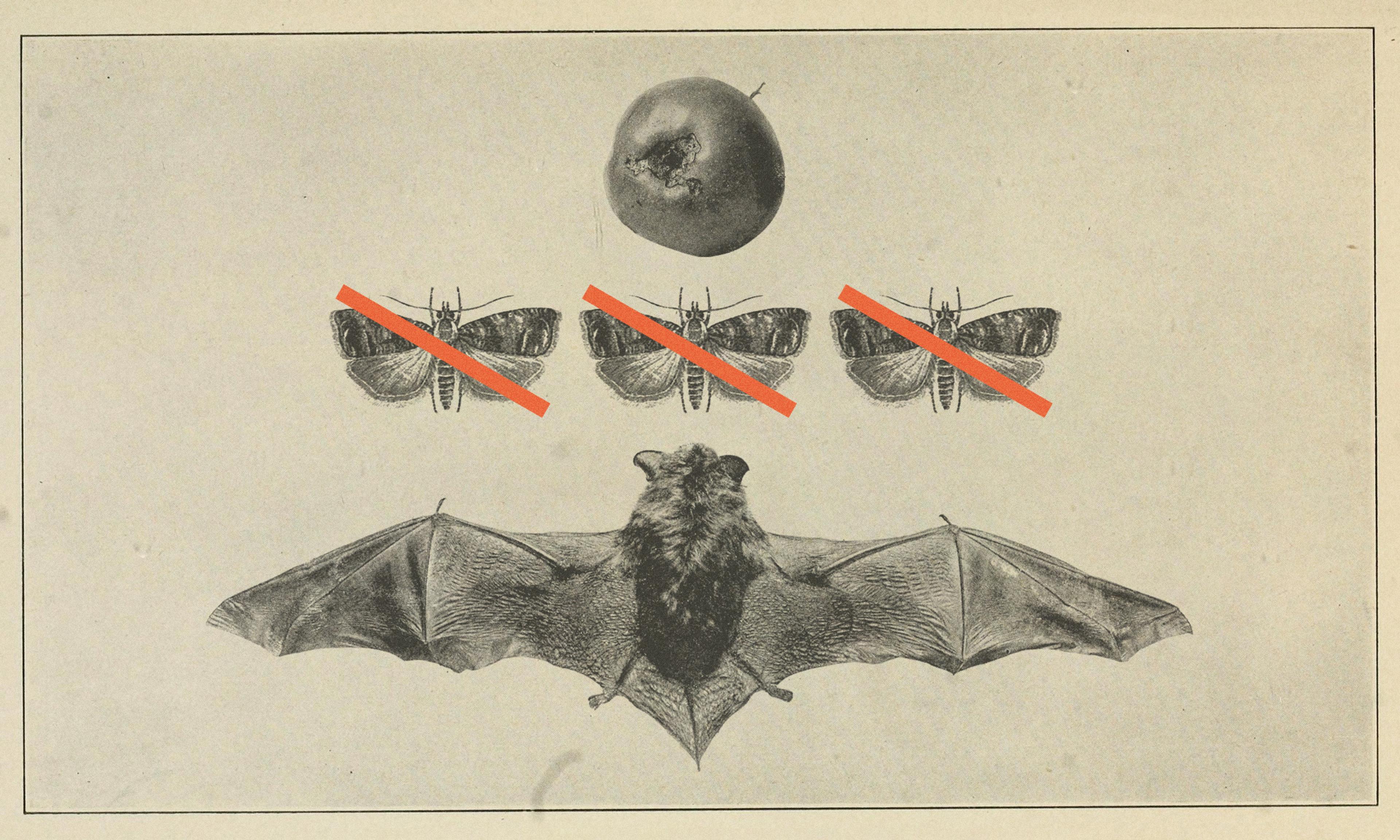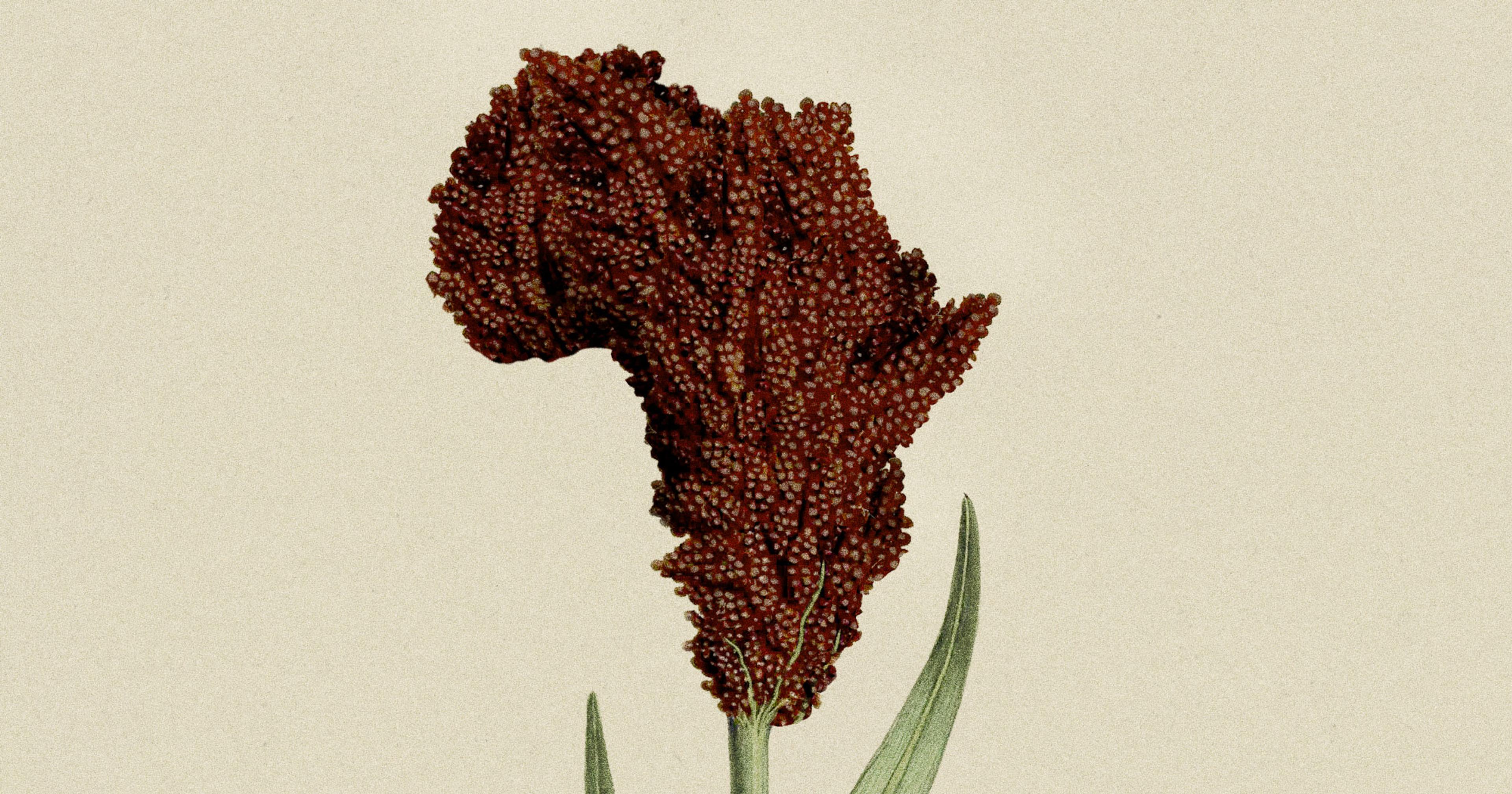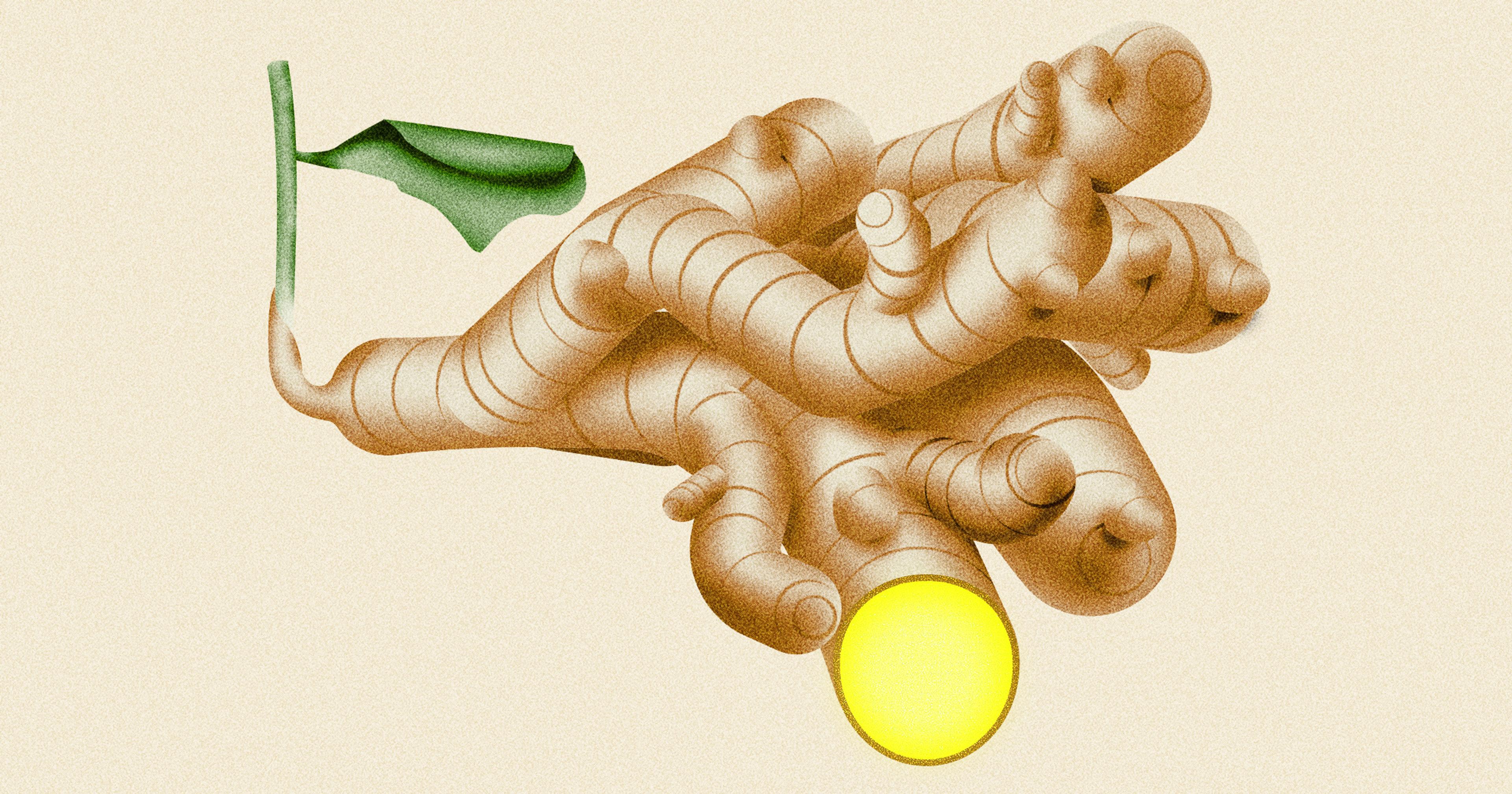As swarming grasshoppers move north from Mexico, researchers are scrambling to minimize crop damage.
Witnesses to an evening’s murmuration of starlings have described the event as an “elegant,” “shape shifting,” “dazzling cloud.” A swarm of locusts hits different.
Those who have watched the approach of a ravenous horde — infamously referred to as a “plague” in the Bible — lean toward more dread-filled reactions, describing how massive undulations of the winged insects have blacked out the sun then “beat against the houses, swarm[ed] in at the windows” before “dropping to the ground like hail.” Capable of eating millions of pounds of plant matter in a single day, such swarms decimated crops, fouled water supplies, and destroyed livelihoods across the American West in the 1870s.
Yes, the Rocky Mountain locust of devastating yore is now extinct. But American agriculture in Western states remains vulnerable to several kinds of endemic grasshoppers. As Gregory Sword, entomology professor at Texas A&M, explained it, “All locusts are grasshoppers but not all grasshoppers are locusts”; and even without the swarming mechanism they can cause a lot of damage.
Last year saw devastating scourges hit California nut orchards and Colorado rangelands. Biologists are also anticipating a threat from a non-native, Central American locust (Schistocerca piceifrons) that’s edging ever closer to the South Texas border as climate change shifts the insects’ range. The threat’s not only that they’ll gobble valuable crops; it’s that they might interbreed with local non-swarming North American grasshoppers. “Maybe we’re going to be invaded by the genes for becoming a [swarming] locust,” said Sword. Yikes.
Aerial spraying of potent pesticides when swarms are already in progress is the usual treatment by the U.S. Department of Agriculture’s Animal and Plant Health Inspection Service (APHIS); this can wipe out numerous beneficial species. But researchers studying what makes grasshoppers swarm believe this knowledge holds clues on how to more effectively fight the bugs’ insatiable chomping — or even stop it before it happens. “The holy grail” for controlling these insects, said Sword, “is to be able to predict their movements.”
There are over 10,000 species of grasshoppers across the globe. Only a few of them have the genetic capability to go from comparatively docile bugs to swarming locusts — called locust phase polyphenism, according to William Wesela, an agriculturist at APHIS. Non-locust-type grasshoppers can wreak havoc, too, as 2024’s influxes prove; there are about 20 species of these grasshoppers in the American West. Sometimes, though, definitions can get mushy.
“Like many things in biology, it’s complicated,” said Rick Overson, co-director of Arizona State University’s Global Locust Initiative Lab. “There are 19 poster-child locusts all nerdy grasshopper biologists will agree, those are the ones we’re safe calling locusts. There’s other grasshoppers that have locust-like tendencies. Then there’s locusts that nobody remembers being a locust several decades ago, and now they’re acting like a locust.” This certainly complicates things for anyone hoping to better control them.
“The holy grail [for controlling locusts] is to be able to predict their movements.”
Swarm-capable locusts exist everywhere except Western Europe, Antarctica, and the U.S. and Canada (for now). The most concerning species of them all, the desert locust (Schistocerca gregaria) has been devastating smallholder farms across Africa’s Sahel since time immemorial; they caused $2.5 billion worth of agricultural losses in a 2005 outbreak. Scientists expect in some cases, climate change will make future outbreaks much worse.
People used to believe swarming and non-swarming locusts were different species. We now know the same genome in a single species, turned off or on, can produce two very different creatures. As Sword explained, desert locusts, reared in isolation, are colored green or brown — colors of camouflage. They’re also “really slow and cryptic and shy — they’ll move away from other individuals. But when you crowd them, all that changes and they aggregate towards one another, and they become much more active, which leads, ultimately, to the swarming.”
According to Arianne Cease, director of ASU’s locust lab, plenty of rain leading to abundant plant growth can cause locusts to lay enough eggs to trigger group swarming dynamics. But locust and grasshopper outbreaks are also common during droughts, “potentially because their predators haven’t survived,” she said. Their ability to capitalize on both conditions “can exacerbate an already challenging situation for agriculture in the region that might have been navigating years of drought.” The consequences can also be enormous for beekeepers, according to Wesela at APHIS, who depend on rangeland flowers to sustain their hives.
Desert locusts raised crowded together become brightly, boldly colored and are more willing to eat a wide range of even toxic plants. “When there’s more competition for food, you can’t be as picky,” Sword said. The bugs are compelled to keep teeming forward en masse in order to find more food sources — and also avoid becoming prey to each other. That’s right, on top of everything else, swarming locusts are “raging cannibals,” said Sword. “If they don’t move, they risk getting consumed by other locusts.”
In a chamber of the ASU locust lab, it’s not a swarm but one solitary migratory locust (Locusta migratoria) that’s flying, legs casually stretched behind, into strong headwinds in a PVC wind tunnel. Attached by a tiny magnet glued on its back to a long metal screw, the miniscule aeronaut first ate a high-carb/low protein meal — mimicking the cotton, wheat, and prairie grasses it targets in the wild — so researchers can gain better understanding of its dietary preferences in advance of a day’s journey that might last hundreds of miles. “We’re trying to paint a picture of the nutritional physiology of these beasts” — basically, what they like to eat and when — “to better understand how they’re doing what they’re doing to make them so hard to manage,” said Overson.
Swarming locusts are “raging cannibals. If they don’t move, they risk getting consumed by other locusts.”
In another chamber down the hall, both gregarious, group-reared locusts, and solitary little ones that can’t see or smell each other, are awaiting an assortment of experiments. Some of these will test what the locusts will do in group marching situations; it turns out even juvenile locusts that haven’t yet developed functional wings have the propensity to “swarm” on the ground. They’ll be fed different diets, explained Sydney Millerwise, a doctoral student at the lab, then monitored as they make their way round and round a donut-shaped arena to see what, if anything, will compel them to break ranks. The marching phase of teeny-bopper locusts might prove the most fortuitous time to try to stop them in their tracks; they’re a lot slower when they’re small and can’t fly.
The next things to ascertain are whether the swarming proclivities of one locust species apply to other grasshopper species. Sword’s lab is part of a National Science Foundation grant to figure out just that; he’s hoping the grant will be renewed after this year. He’s also on the cusp of understanding what makes a swarm tick, neurobiologically speaking.
Sword is part of a team that recently figured out that it’s the sight of other locusts moving ahead of it — rather than the smell of them, or the perception of polarized light coming through its compound eyes — that keep a bug careening ever forward. With this sort of intel in hand, researchers might be able to develop more targeted biological controls so chemical use could be cut way back. “If we can keep them from being attracted to each other, even though there might be an outbreak going on, they would still stay as normal behaving grasshoppers,” said Sword. Wesela believes Sword’s and ASU’s work “could have valuable implications,” he wrote in an email, especially in informing “strategies for managing grasshopper outbreaks in rangelands.”
A technology called RNA Interference (RNAi), which targets the expression of certain genes, might work. Another control that shows promise is Metarhizium acridum, a fungus that penetrates a locust’s outer cuticle to inhibit its immune function. ASU’s Cease said it isn’t approved for use in the U.S. yet; it’s also slow-acting, to the annoyance of anyone who “wants locusts off their land as soon as possible,” she said. And the potential for it to have unexpected consequences on landscapes is something that needs to be considered.
For now, Sword is tempering technological innovation with old-fashioned physical labor, visiting the U.S.-Mexico border every month to look for signs that the Central American locusts have arrived at last. “I literally drive along the wall and collect grasshoppers,” he said. He’s also trying to get locals engaged in the search because the occasional, if determined, efforts of one man go only so far in grasshopper surveillance. “Somebody out there is going to find it,” he said.

